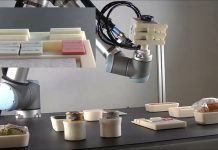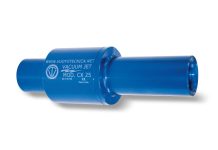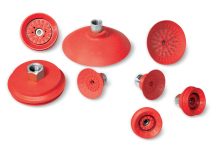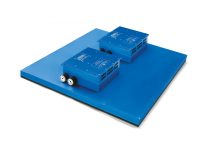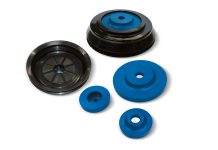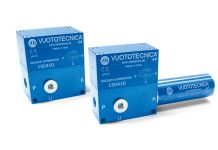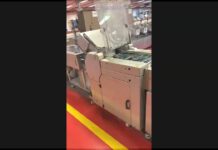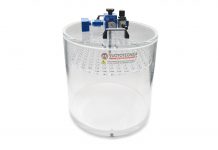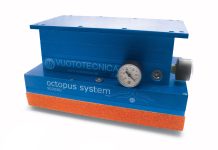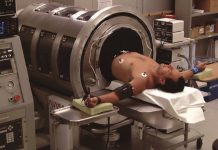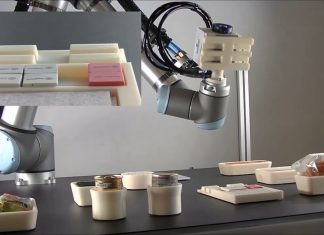Vacuum technologies play a key role even beyond Earth’s atmosphere. According to NASA, they could help in the search for water, helium, and other resources, and provide a clearer picture of the materials available for building habitats or launch pads, gradually expanding scientific knowledge and human exploration of the solar system.
The current challenge, however, is to obtain extraterrestrial samples more cheaply using robots, allow testing with or without astronaut supervision, and transmit data back to Earth immediately.
Lunar PlanetVac, a new pneumatic system developed by Honeybee Robotics, uses the vacuum to create a depression that lifts samples of lunar soil and conveys them into a sealed container without the need for mechanical arms or digging tools.
Mounted on the lander, the LPV sampling head uses pressurized gas to pick up regolith, generating a small tornado. The material is conveyed through a tube and collected in a container. The collected regolith – in grains up to 1 cm in size – can be sifted and photographed, after which the data is transmitted to Earth in real time.
Everything happens in a matter of seconds, thanks to the intelligent use of pressure and vacuum, minimizing the risk of contamination and dispersion.
This technology demonstrates how vacuum can be successfully applied even in extreme environments, becoming a strategic lever for research, resource extraction, and space exploration.






